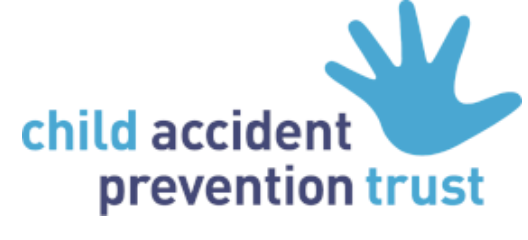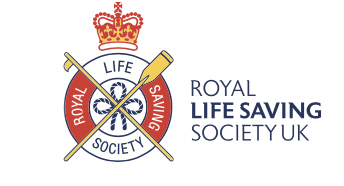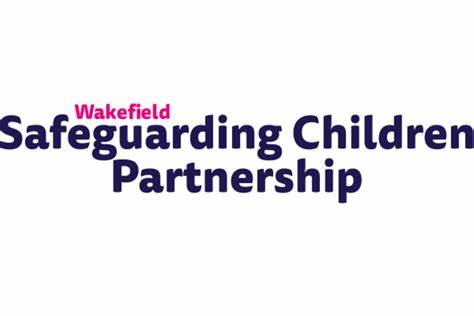Water safety
Sadly, each year in the UK more than 50 children die from drowning and water related injuries. Most of these deaths were preventable.
Children under 8 need to be actively supervised in and around water. They might understand safety instructions but are likely to forget in the heat of the moment.
Children don’t cry out for help and don't wave to be rescued. Instead they disappear under the surface of the water, often unseen.
Top tips for safety in and around water
- Supervise children at all times when they are in or around a water source
- Children can drown in as little as 5cm (two inches) of water. Drowning is one of the most common causes of child death. It’s often silent, so you won’t necessarily hear any noise or struggle
- As soon as they are old enough to understand, teach your child about water safety
- Teach your child to swim
- Remind them not to swim alone or without adult supervision
- Teach your child how to float, tread water, move in water, recognise dangerous situations, and recover if they accidentally fall in.
- Watch the RNLI video to teach you child how to float
What to do in an emergency?
- If you are in danger or see someone in danger call 999
- Advice from RNLI is Float to Live
- Fight your instinct to thrash around
- Keep calm
- Lay on your back and float like a starfish
- Gentle movements of your arms and legs if you need to
- Catch your breath. Float until you can control your breathing
- Then think about how to get out
Home and Garden
- Younger children are most likely to drown in the bath or garden pond.
- Always supervise at bath time. Have everything ready so you can stay with you baby or child all the time they are in the bath. Never leave them for a moment, even if there’s an older brother or sister in the bath with them.
- If you use a bath seat, remember that it’s not a safety device. You still need to stay with your baby all the time.
- Empty the bath as soon as you’ve taken your child out.
- Put covers on any large water butts or garden bins.
- Watch toddlers when they're in a paddling pool or playing near water. Empty the paddling pool straight after use.
- Make your pond safe. Fence it, cover it or fill it until your child is older.
- Make sure your garden is secure so that your child can’t get into neighbouring gardens where there may be ponds or other drowning hazards.
- Be alert to ponds, pools and hot hubs when visiting other people’s houses.
Where to swim
- Teach older children to choose safe places to swim like public swimming pools and beaches with lifeguards.
- On the beach teach children to swim between the red and yellow flags. These mark the areas patrolled by lifeguards.
- Teach your child the dangers of playing and swimming in rivers, lakes and reservoirs.
- Cold water shock is an involuntary response when the body suddenly goes into water which has a temperature less than 15 degrees. Even on a hot day water will remain cold. Cold water shock can kill. Watch the video below so you know what to do.
- There are hidden dangers in water for example submerged objects, currents and pollution.
- Lake, pond and river ice is dangerous. Children and adults can fall through and drown. Teach your children to stay off ice.
- Be careful on holiday. Beach and pool safety standards vary around the world. Look for a spot with a lifeguard and always pay attention to any safety signs. Watch the video below on staying safe at the beach.
- Only use inflatables at the swimming pool. In the sea strong currents or winds can rapidly sweep them out to sea.
- Use lifejackets in boats. Even if your child knows how to swim, they should always wear a well fitting lifejacket when they’re in a boat.
Further information
 Visit the Child Accident Prevention Trust website for more information on water safety and drowning
Visit the Child Accident Prevention Trust website for more information on water safety and drowning
 Watch these videos to teach your child basic water safety skills
Watch these videos to teach your child basic water safety skills
 Visit this page for further information on water safety on holiday
Visit this page for further information on water safety on holiday
 Visit this page for more information on water safety
Visit this page for more information on water safety
Remember the Water Safety Code
West Yorkshire Healthier Together being active page has links to local leisure centres



